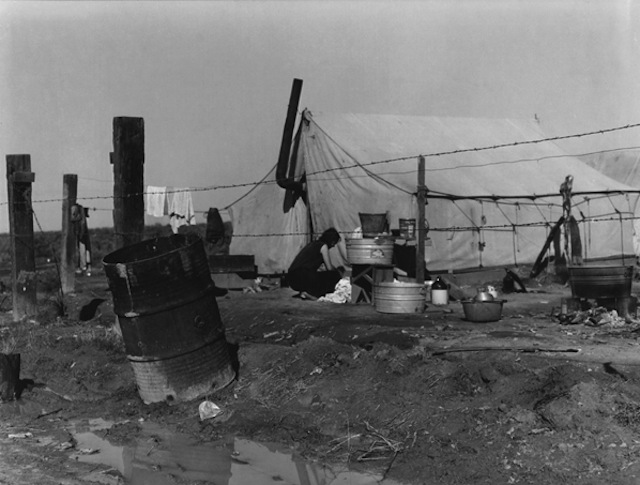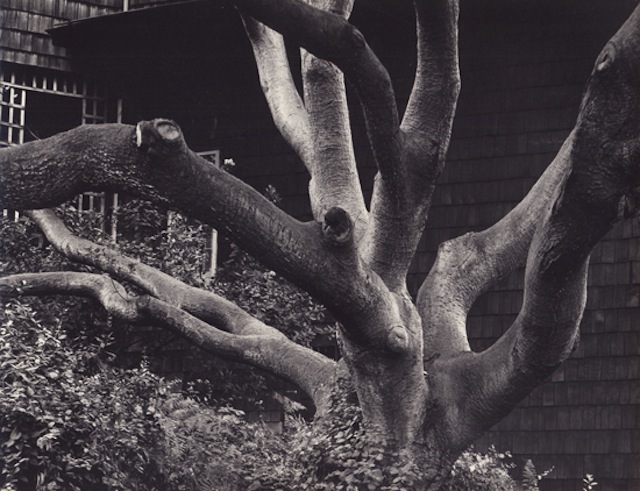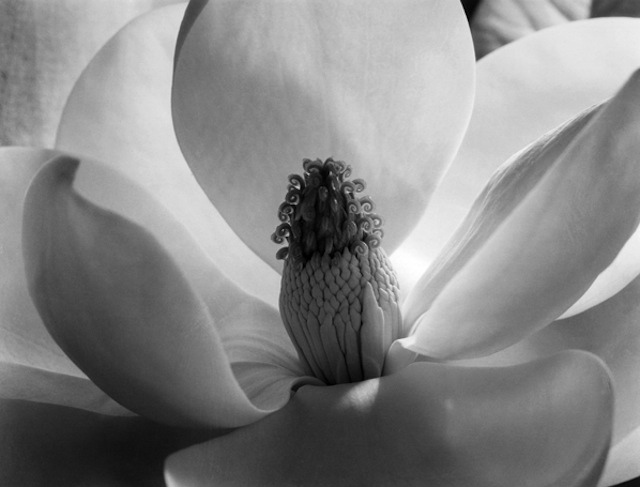One of the most iconic images of the twentieth century is a photograph of a 32-year-old woman, Florence Owens Thompson, looking beaten down but not defeated. Two of her children crowd close to her as they shy away from the photographer’s gaze. The photograph, Migrant Mother (1936), is Dorothea Lange’s most well-known work, and it has come to visually represent the Great Depression in the U.S., but Lange accomplished much more throughout her distinguished career. She studied photography at Columbia University, was awarded a prestigious Guggenheim Fellowship, taught in the first ever fine arts photography department at a college, and co-founded the magazine Aperture. And yet, one might walk away from Dorothea Lange and Her Circle at Scott Nichols Gallery thinking she was a minor historical figure, just notable enough to have an exhibition of a handful of works in a gallery’s alcove.

Like Migrant Mother, works such as Lettuce Cutting in the Imperial Valley, California (1937) and Woman Washing, Migrant Camp (1938) come from Lange’s days working for the Resettlement Administration and the Farm Security Administration during the Great Depression. The latter is a long shot of an anonymous woman crouching down as she washes clothes, the white laundry a distinct contrast from the dark and dirty migrant camp. The woman is seen in front of a barbed wire fence and a temporary tent-like structure.
In some ways, Oak Tree in a Garden (1957) shares similarities with friend and colleague Imogen Cunningham’s botanical photographs, two of which are included in the exhibition as part of Lange’s circle. Lacking Lange’s usual documentary lens, Oak Tree in a Garden is more of a formal study of the winding arms of an oak tree. Like Cunningham’s photographs, the tree’s surroundings are obfuscated by close cropping, urging viewers to focus on the anatomy of the tree.

Confusingly, the centerpiece of the exhibition is three large panoramas of San Francisco by Eadweard Muybridge, George R. Lawrence, and R.J. Waters & Co. It is unclear what the relationship between these works and Lange is. Muybridge died when Lange was nine-years-old and was not part of her contemporary circle. The Lawrence and R.J. Waters panoramas document the aftermath of the 1906 San Francisco earthquake, which struck twelve years before Lange moved to San Francisco and likely had little direct impact on her artistic development. Given the size of these works and their extremely tenuous connection to Lange, it feels as if it was too much of an inconvenience to move these photos and make room for Lange’s own. With this prime real estate robbed from Lange and her circle, some of the other works are relegated to awkward corners and are nearly inaccessible due to the cabinets and unrelated propped-up photographs that deter one from viewing the exhibited work.

The shortcomings of this exhibition are amplified by the larger exhibition concurrently on display at Scott Nichols Gallery. Women: Seeing and Being Seen includes photographs from Edward Weston, Henri Cartier-Bresson, Ruth Bernhard, Harry Callahan, Lange, Cunningham, and many others. The images are predominantly female nudes, though there are also geishas, clothed women, and some photographs by female artists that do not focus on the female form.


